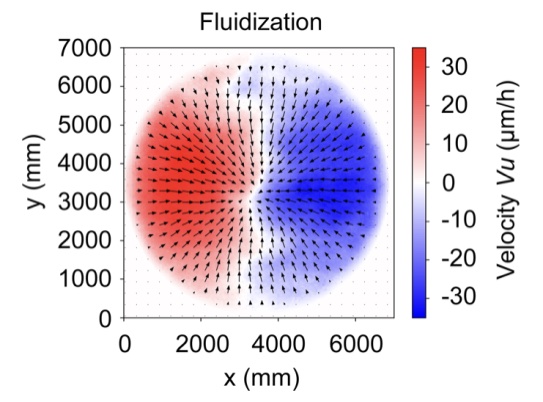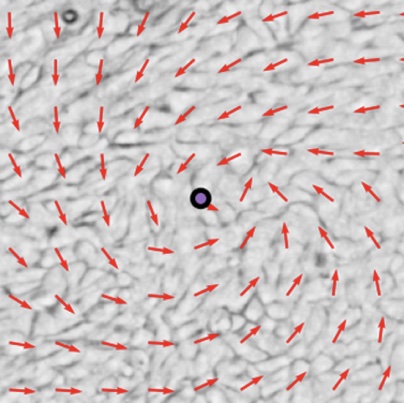Coordination of cell division and cell migration
Cells possess the ability to both divide and migrate concurrently during instances of wound healing, development, and cancer progression. But how are these two processes coordinated? We have shown that epithelial cells divide asymmetrically along the axes of cell sheet displacement. These cell divisions are characterized by generation of an asymmetric chromatin configuration, leading to the uneven segregation of organelles, such as PML bodies and lysosomes, to daughter cells.
Link to paper:
Coordinated collective migration and asymmetric cell division in confluent human keratinocytes without wounding.
Lång E, Połeć A, Lång A, Valk M, Blicher P, Rowe AD, Tønseth KA, Jackson CJ, Utheim TP, Janssen LMC, Eriksson J, Bøe SO.
Nat Commun. 2018 Sep 10;9(1):3665. doi: 10.1038/s41467-018-05578-7.
PMID: 30202009



